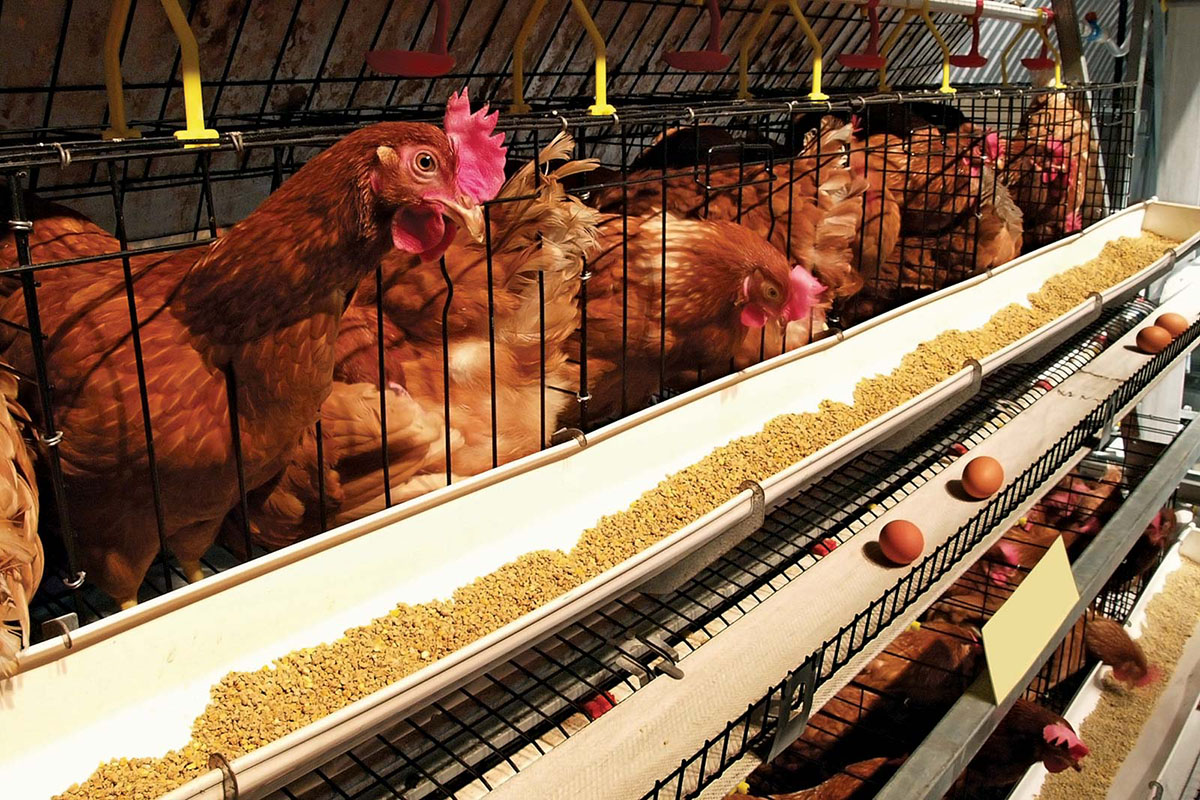greenhouse evaporative cooling pads
Nov . 08, 2024 18:21 Back to list
greenhouse evaporative cooling pads
Greenhouse Evaporative Cooling Pads Enhancing Plant Growth Through Temperature Control
Greenhouses have become an essential part of modern agriculture, enabling farmers and gardeners to create an optimal environment for plant growth. One critical aspect of sustainable greenhouse management is temperature control, particularly in regions with extreme heat. One of the most effective methods for regulating greenhouse temperatures is through the use of evaporative cooling pads. This article explores the function, benefits, and installation of greenhouse evaporative cooling pads.
What Are Evaporative Cooling Pads?
Evaporative cooling pads are specialized materials designed to lower the temperature inside a greenhouse by utilizing the natural process of evaporation. These pads are typically made from cellulose or synthetic materials that hold water. When air passes through these saturated pads, the water evaporates, absorbing heat from the air and cooling it in the process. This cooled air is then circulated throughout the greenhouse, creating a more favorable climate for plant health.
Benefits of Using Cooling Pads
1. Temperature Regulation The primary advantage of evaporative cooling pads is their ability to maintain suitable temperatures during hot weather. Plants are sensitive to temperature fluctuations, and excessive heat can lead to wilting or reduced growth. By employing cooling pads, greenhouse operators can ensure that the internal environment remains consistent, promoting optimal plant growth and productivity.
2. Energy Efficiency Compared to traditional air conditioning systems, evaporative cooling pads are much more energy-efficient. They consume significantly less electricity, making them a cost-effective solution for temperature control. This not only helps in reducing operational costs but also contributes to a more sustainable greenhouse operation.
greenhouse evaporative cooling pads

3. Humidity Control While temperature management is essential, maintaining appropriate humidity levels is equally important. Evaporative cooling pads introduce moisture into the air, helping to maintain ideal humidity levels for many plant species. This is particularly beneficial in arid regions where humidity can drop significantly.
4. Disease Prevention High temperatures and dry conditions can lead to various plant diseases and pests. By keeping the greenhouse cool and humid, evaporative cooling pads can help mitigate these risks, leading to healthier plants and potentially higher yields.
Installation and Maintenance
Installing evaporative cooling pads involves a few key steps. First, you’ll need to assess the size of the greenhouse and determine the required pad size based on the air flow and cooling needs. The cooling pads are typically installed at one end of the greenhouse, while exhaust fans are situated at the opposite end to facilitate air circulation.
Once the installation is complete, routine maintenance is crucial for optimal performance. This includes regularly checking the water supply, ensuring that the pads are clean, and replacing them when they become worn or damaged. By maintaining the cooling pads, greenhouse operators can ensure efficient operation and longevity of the system.
Conclusion
In summary, greenhouse evaporative cooling pads serve as an innovative and efficient method for temperature regulation in controlled environments. By leveraging the natural process of evaporation, these pads provide a sustainable solution for managing heat, enhancing plant growth, and increasing overall productivity. With favorable cost-efficiency and significant benefits for plant health, evaporative cooling pads are an investment that no modern greenhouse should overlook. As climate change continues to challenge traditional farming practices, adapting technologies like evaporative cooling will be vital for the future of sustainable agriculture.
-
Automatic Feeding Line System-Pan Feeder Nipple Drinker|Anping County Yize Metal Products Co., Ltd.
NewsJul.29,2025
-
Hot Sale 24 & 18 Door Rabbit Cages - Premium Breeding Solutions
NewsJul.25,2025
-
Automatic Feeding Line System Pan Feeder Nipple Drinker - Anping County Yize Metal Products Co., Ltd.
NewsJul.21,2025
-
Automatic Feeding Line System Pan Feeder Nipple Drinker - Anping County Yize Metal Products Co., Ltd.
NewsJul.21,2025
-
Automatic Feeding Line System - Anping Yize | Precision & Nipple
NewsJul.21,2025
-
Automatic Feeding Line System - Anping Yize | Precision & Nipple
NewsJul.21,2025






